Country music star Darryl Worley opens up on guns, hunting and preserving our way of life
In 2002, Darryl Worley’s song, “I Miss My Friend,” hit the top of the country music charts, and he’s been a mainstay in the country music scene ever since. In all, Worley’s released seven studio albums with nearly 20 hit singles, plus two other Number One songs (“Awful, Beautiful Life” and “Have You Forgotten”). His latest hit, “You Still Got It,” is climbing the music charts now. Worley, 48, was born and raised in Western Tennessee, where guns and hunting were important parts of daily life. This passion for shooting and hunting landed Worley as a member of “Team Weatherby,” the rifle maker’s new promotional effort to attract younger people to the shooting sports and to Weatherby firearms.
What was your introduction to firearms?
Both sides of my family were—and are—hunters. My father was an avid hunter and he wanted us to learn it. I grew up with guns and hunting as much as I did the music. If I wasn’t “picking and grinning,” so to say, we were out shooting and hunting. That’s just the way it was.
What was your first gun?
I was probably nine years old when I got a .35-caliber Marlin lever-action as my main Christmas gift. Honestly, it’s probably one of my best deer guns ever. We hunted thick brush and heavy cover in Western Tennessee for whitetails, and the Marlin always got the job done.
Do you still have that rifle?
No, my old one got stolen several years back. The boys in my band pooled their money and got me a new one. I’ve taken deer and coyotes with it. Sweet rifle.
How did you become a member of Team Weatherby?
I met the Weatherby people thru Eric Richey [co-host] of Sovereign Sportsmen TV show. Weatherby asked me to go on a hog hunt with them in California. While I was out there, I stopped by their home office and visited the factory. It was a great trip, and the relationship started from there.
So what’s your “job” with Team Weatherby?
I could take all day and talk about Weatherby and how awesome their rifles are. I’ve been shooting Weatherby rifles for years and years. I just hope I can find ways to help expand Weatherby into the country music audience. That’s kind of my job, although Weatherby really doesn’t need me to tell the world how good their rifles are.
Do you have a favorite Weatherby rifle or caliber?
The .300 Weatherby and the .257 Weatherby magnums would have to be my favorites. The .257 is just such a versatile gun—you can hunt so many different species with it, from coyotes to deer and most everything in between, and it shoots so flat. And the .300 will take care of everything else! I still have to kill an elk with my .300 Weatherby Mark V. That’s my dream hunt. Maybe that will happen this year.
Tell us about visiting and playing music for our military people, something you’ve been known to do.
That started in 2002, right after 9/11. We’ve played for troops here and abroad. 2004 was our first trip to bases in Japan and South Korea. We’ve been all around the world, and we’ve played for our military stationed in the Middle East many, many times. In 2007,we started doing “remote” stuff, too.
Remote?
We decided it was time to get out and visit the people who usually didn’t get the chance to see anyone, servicemen not stationed on the big bases. May of last year, for example, was our 11th trip to the Afghanistan Theater. We asked the military to let us visit small Special Forces and Navy SEAL teams embedded on the edges of these Afghan villages. On that trip, we flew into one of the Afghan villages right after they’d been under attack. Twelve Navy SEALS were attacked by 100 Taliban. It was the worst mistake those 100 Taliban guys ever made. It was very surreal being there, right after the battle. I have so much respect for our people serving there, risking their lives for us every day. Truly they are heroes.
The current Administration has decided to use the killing of young students at Sandy Hook Elementary School as a means to attack our Second Amendment rights. Your thoughts?
It’s very, very unfortunate that things like the school massacre happen in our country. But I don’t know why people are so quick to point the finger at the guns. Guns just lay there—people have to pick them up and do horrible things with them to have something like Sandy Hook. And most gun owners will never break the law with their firearms.
What worries you most about assaults on our Second Amendment?
People like to talk a lot about freedom—I’m one of them. But my belief is our freedom is based on the right to keep and bear arms. When you talk about freedom, freedom starts with the ability to protect yourself and your family, to preserve your life and the lives of your loved ones. If you take away or diminish the ability of a people, a community or a nation to defend itself? You’ve taken away a big part of what we call freedom. That’s just where I stand on that.
This interview appeared in the March 11, 2013 issue of Gun Digest the Magazine.
For more Gun Digest Interviews Click Here.
Recommended Books & Resources:
 Gun Digest 2013, The World's Greatest Gun Book, 67th Edition
Gun Digest 2013, The World's Greatest Gun Book, 67th Edition
Gun Digest 1944-2013 3-Disc Digital Library
2013 Standard Catalog of Firearms
Shop more at gundigeststore.com



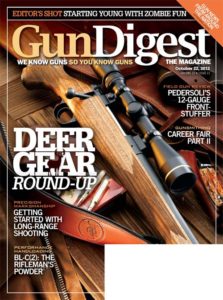
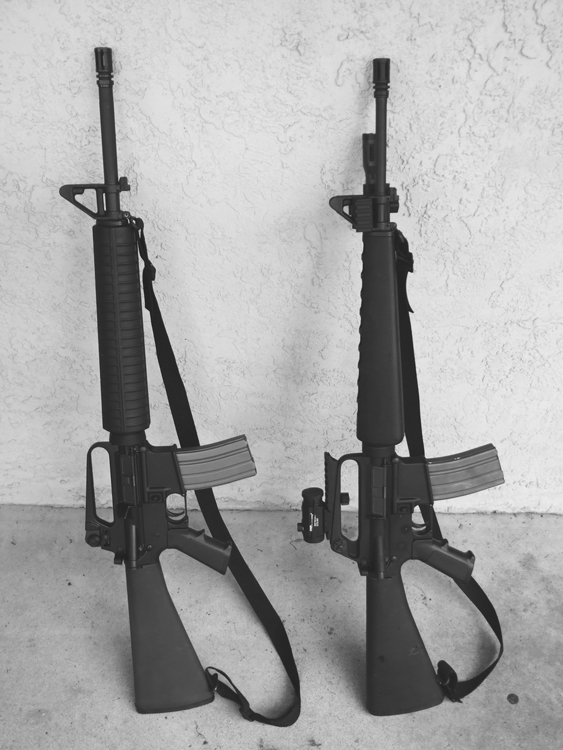
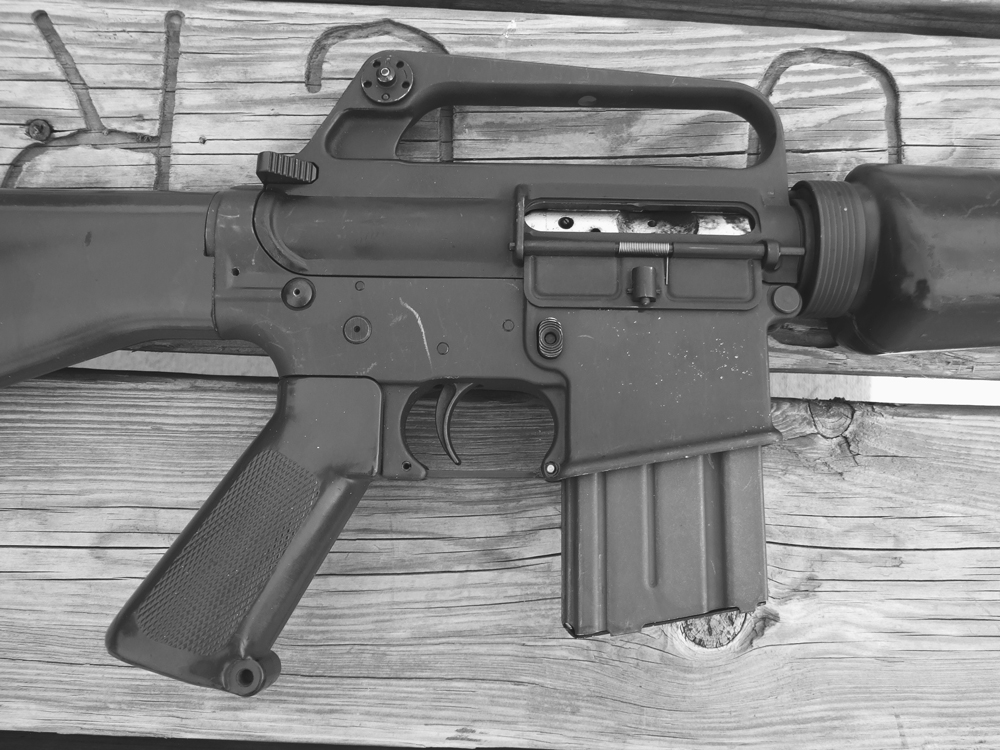
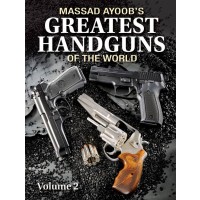

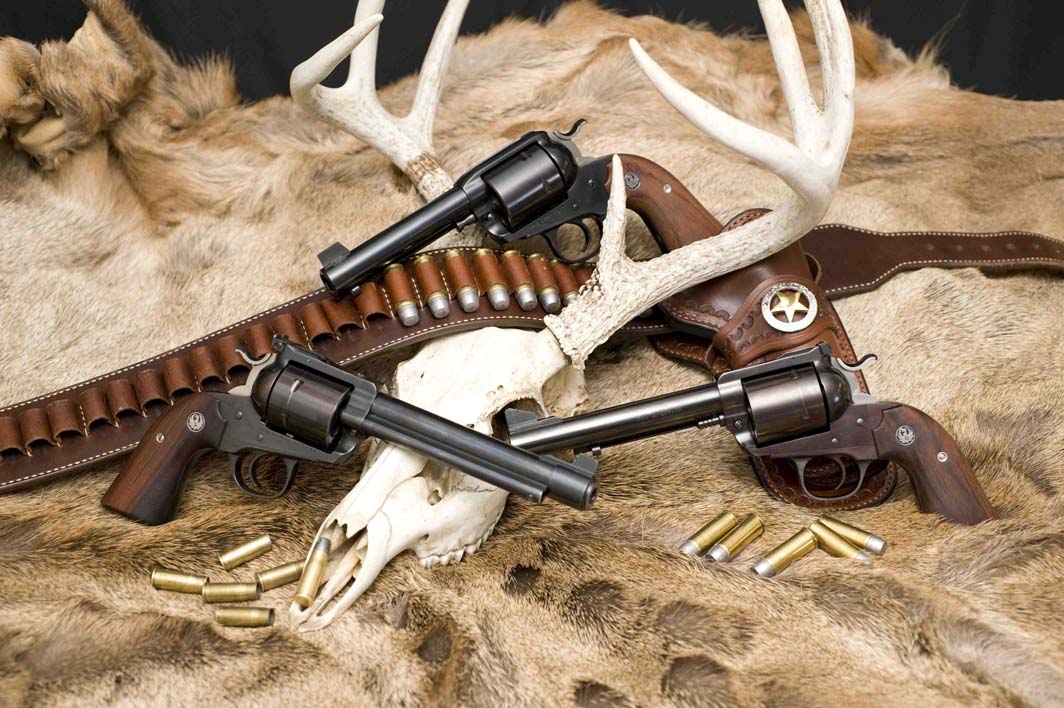
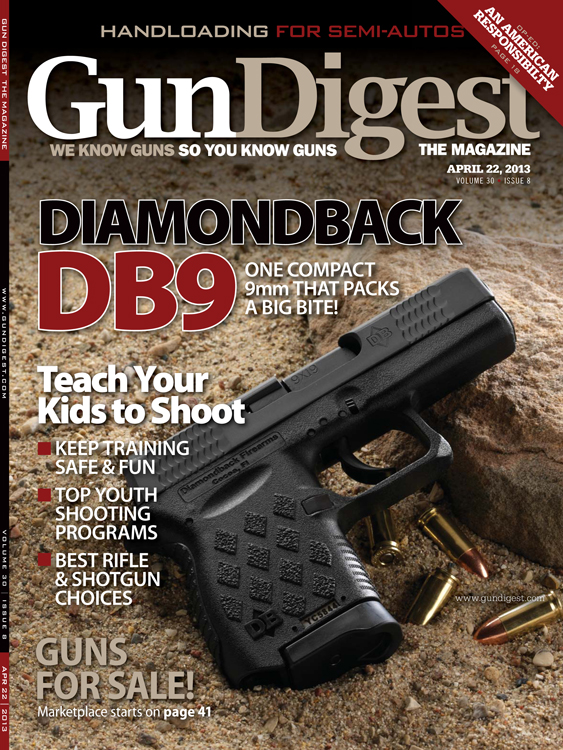
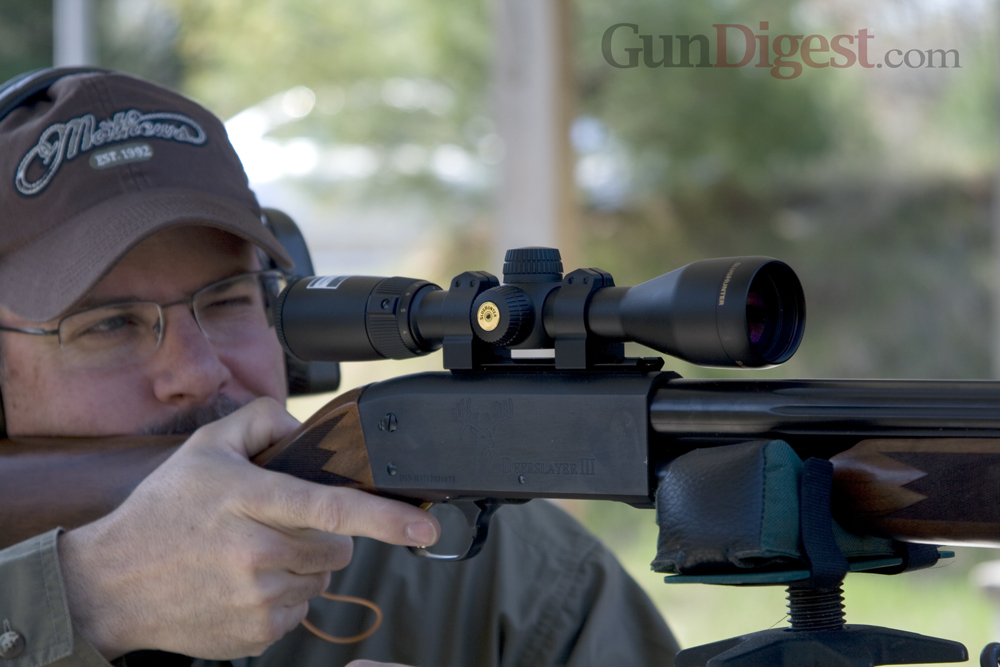
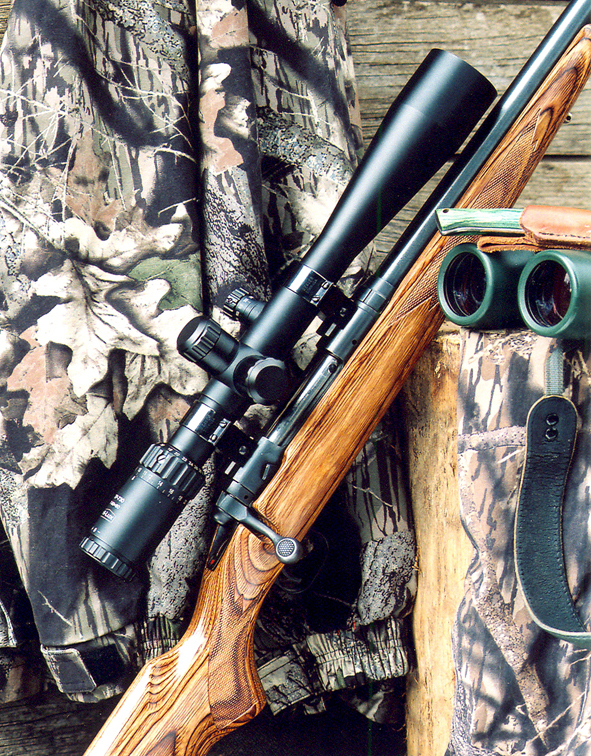
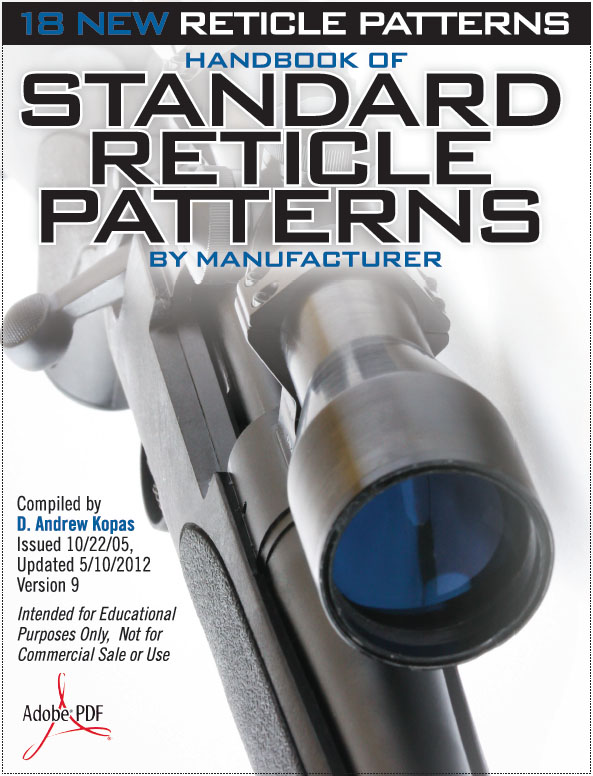
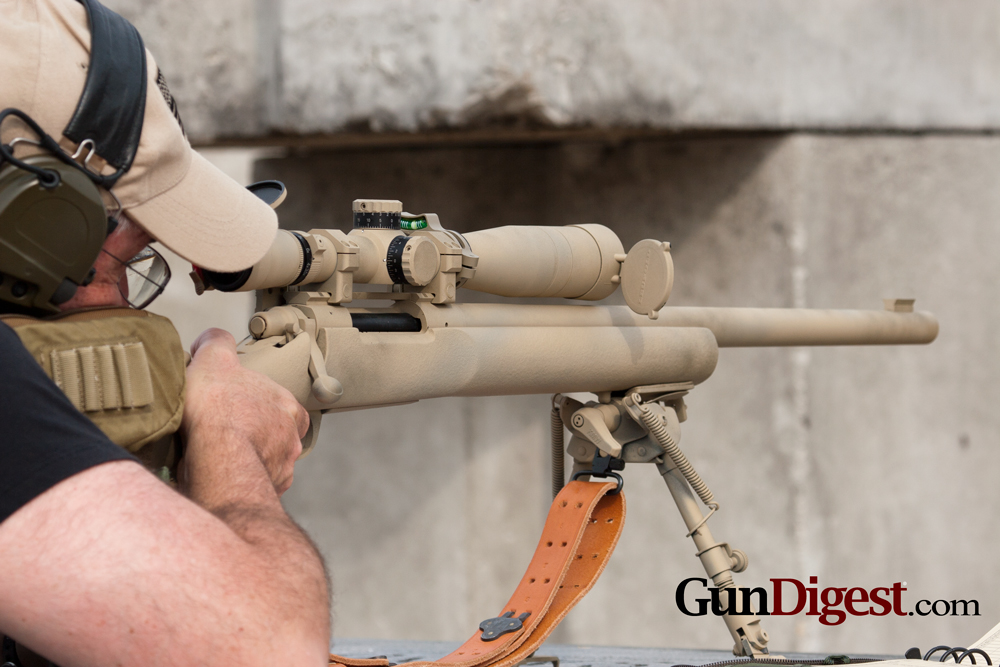

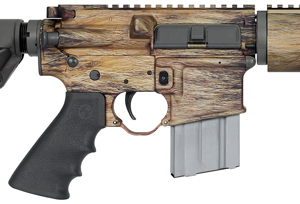
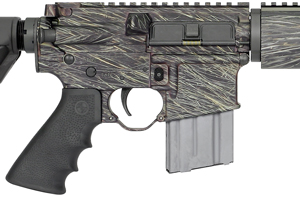
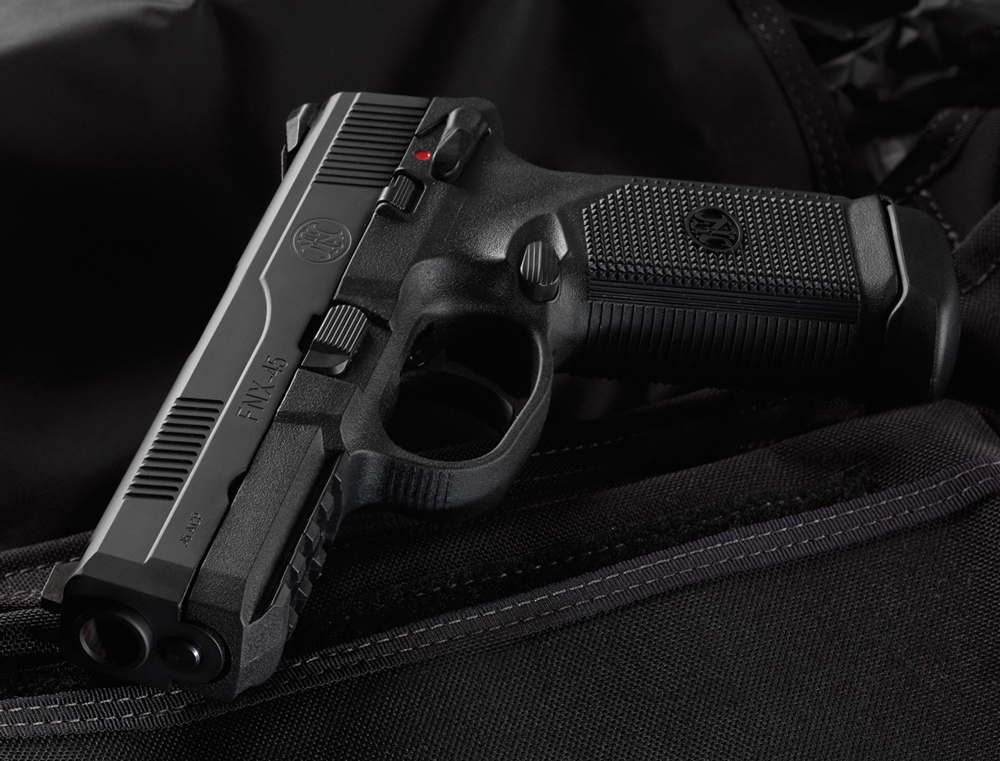

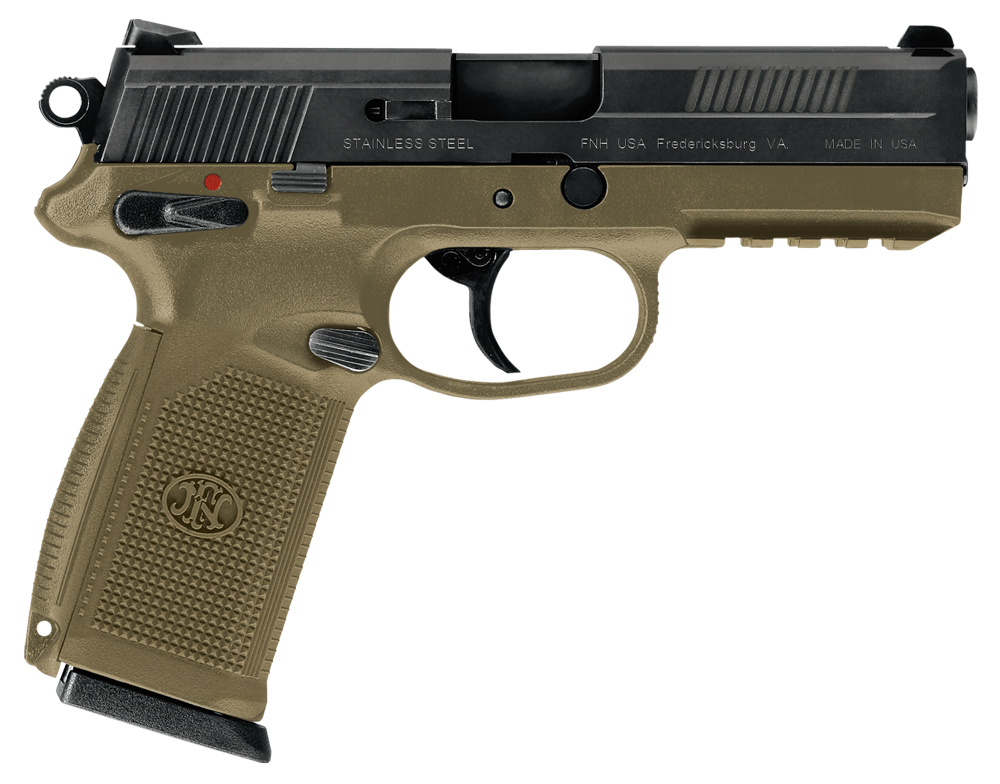
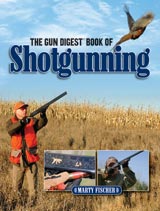



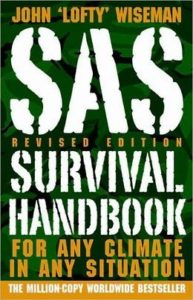

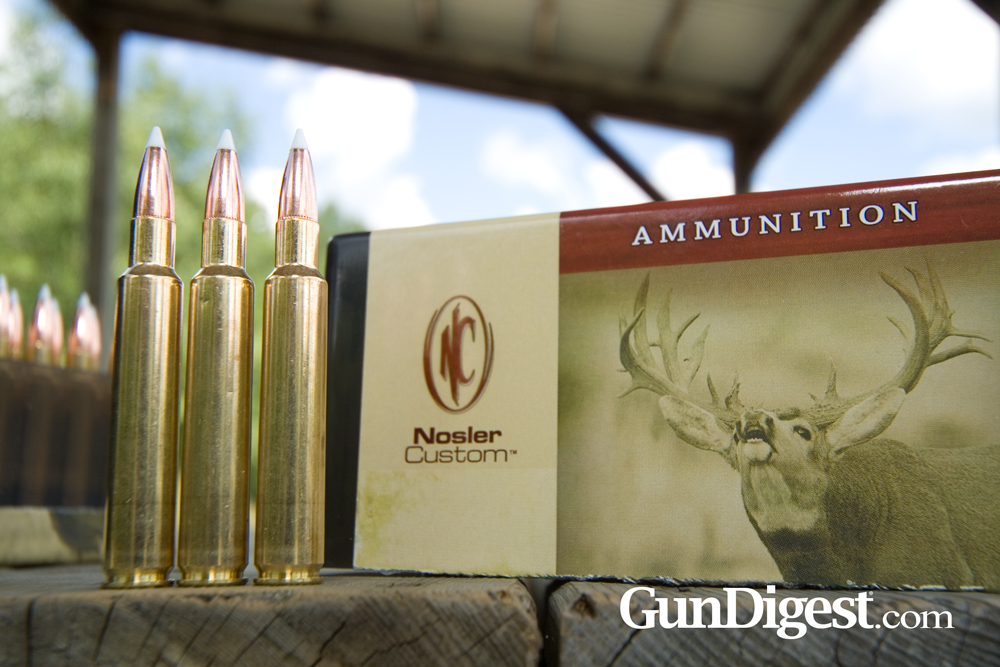

![Best Concealed Carry Guns In 2025 [Field Tested] Wilson Combat EDC X9S 1](https://gundigest.com/wp-content/uploads/Wilson-Combat-EDC-X9S-1-324x160.jpg)


![Best 9mm Carbine: Affordable PCCs [Tested] Ruger Carbine Shooting](https://gundigest.com/wp-content/uploads/Ruger-Carbine-Shooting-100x70.jpg)
![Best AR-15: Top Options Available Today [Field Tested] Harrington and Richardson PSA XM177E2 feature](https://gundigest.com/wp-content/uploads/Harrington-and-Richardson-PSA-XM177E2-feature-100x70.jpg)
